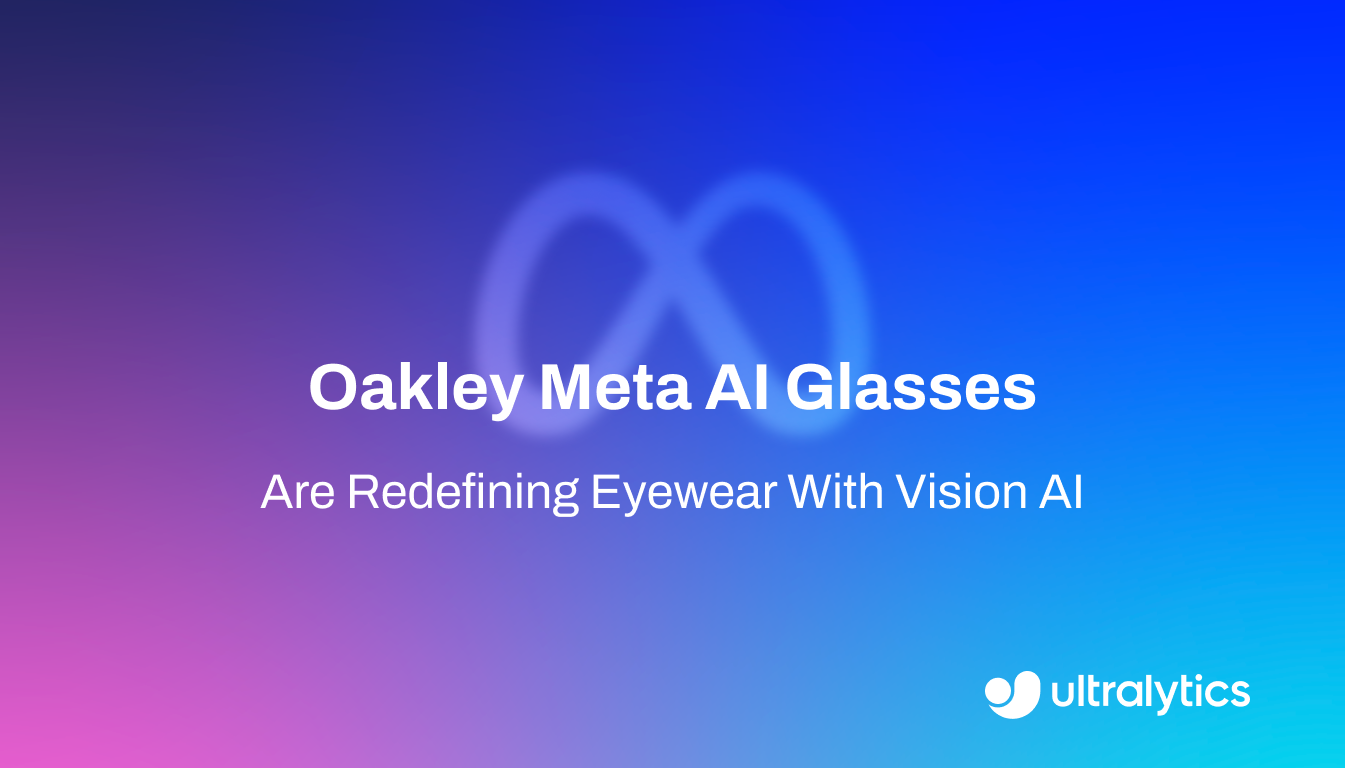Computer Vision (CV)
Unlock AI's potential with Computer Vision! Explore its role in object detection, healthcare, self-driving cars, and beyond. Learn more now!
Computer Vision (CV) is a transformative field of
artificial intelligence (AI) that
empowers computers to perceive, interpret, and understand the visual world. By processing digital images, videos, and
other visual inputs, machines can extract meaningful information and take action or make recommendations based on that
analysis. While human vision relies on the eye and brain to contextualize surroundings instantly, computer vision
employs advanced software and
machine learning (ML) algorithms to replicate
this capability, allowing systems to automate tasks that previously required human sight.
How Computer Vision Works
At its core, computer vision relies on
pattern recognition techniques to understand visual
data. Early attempts involved manually coding rules to define objects, but modern CV is driven by
deep learning (DL) and vast amounts of training
data. The most common architecture used today is the
Convolutional Neural Network (CNN), which processes images pixel by pixel. These networks identify low-level features like edges and textures in the
initial layers and combine them to recognize complex concepts—such as faces or vehicles—in deeper layers. This process
requires massive labeled datasets to teach the model how to
distinguish between different categories effectively.
Core Tasks in Computer Vision
Computer vision is not a single action but a collection of specific tasks that solve different problems:
-
Object Detection: This task involves
identifying and locating objects within an image or video stream. It draws
bounding boxes around detected items and assigns
them a class label, such as "person" or "bicycle."
-
Image Classification: The
system analyzes an entire image and assigns it a single label based on its dominant content. For example,
classifying a photo as a "landscape" or "portrait."
-
Instance Segmentation: Going deeper than
detection, this identifies the precise pixel-perfect outline of each object, separating individual instances of the
same class from the background.
-
Pose Estimation: This technique detects
specific keypoints on a figure, such as joints on a human body, to track movement and posture in real-time.
Computer Vision vs. Image Processing
It is common to confuse computer vision with
digital image processing, but they serve different purposes. Image processing focuses on manipulating an input image to improve its quality
or extract information without necessarily "understanding" it. Common examples include adjusting brightness,
applying filters, or noise reduction. In contrast,
CV focuses on image understanding, where the goal is to emulate human cognition to interpret what the image represents.
Real-World Applications
The utility of computer vision extends across virtually every industry, driving efficiency and safety:
Implementing Computer Vision with YOLO11
Developers can implement powerful computer vision tasks using the ultralytics Python package. The example
below demonstrates how to load the YOLO11 model—the latest
stable version recommended for all standard use cases—to detect objects in an image.
from ultralytics import YOLO
# Load the pretrained YOLO11 model (nano version for speed)
model = YOLO("yolo11n.pt")
# Run inference on an online image
results = model("https://ultralytics.com/images/bus.jpg")
# Display the results to see bounding boxes and labels
results[0].show()
Key Tools and Libraries
The CV ecosystem is supported by robust open-source libraries.
OpenCV is a foundational library providing thousands of algorithms for
real-time computer vision. For building and training deep learning models, frameworks like
PyTorch and TensorFlow are industry
standards. Ultralytics builds upon these foundations to provide state-of-the-art models that are easy to deploy.
Looking forward, the
Ultralytics Platform provides a
comprehensive environment for managing the entire Vision AI lifecycle, from data management to deployment.












